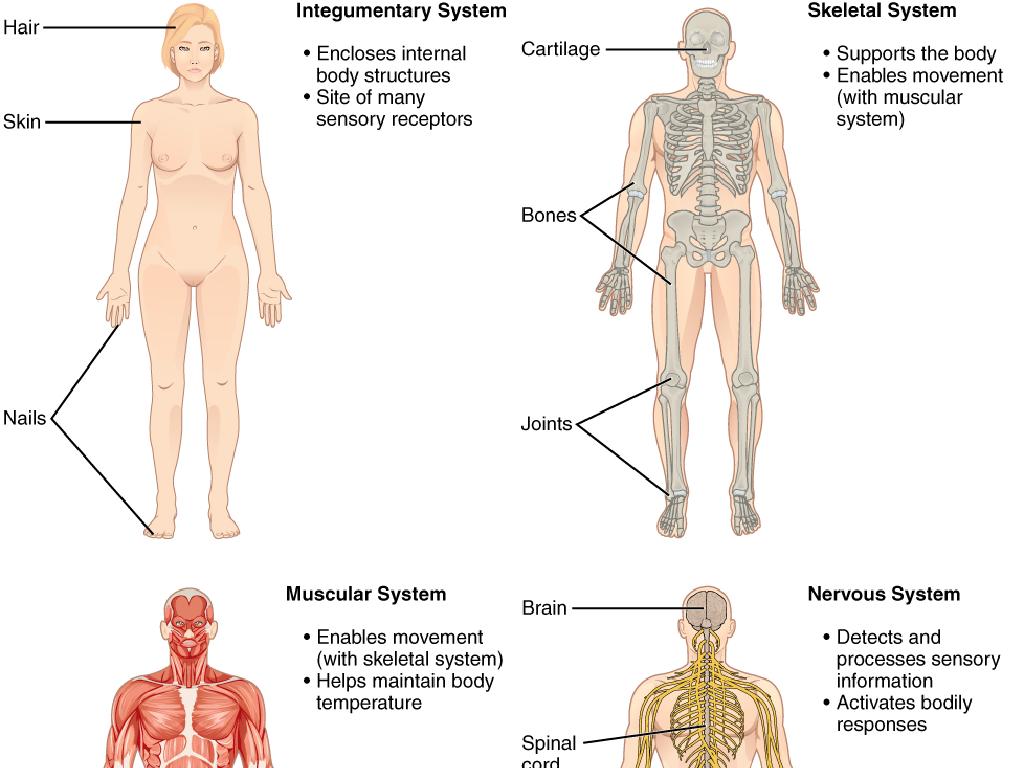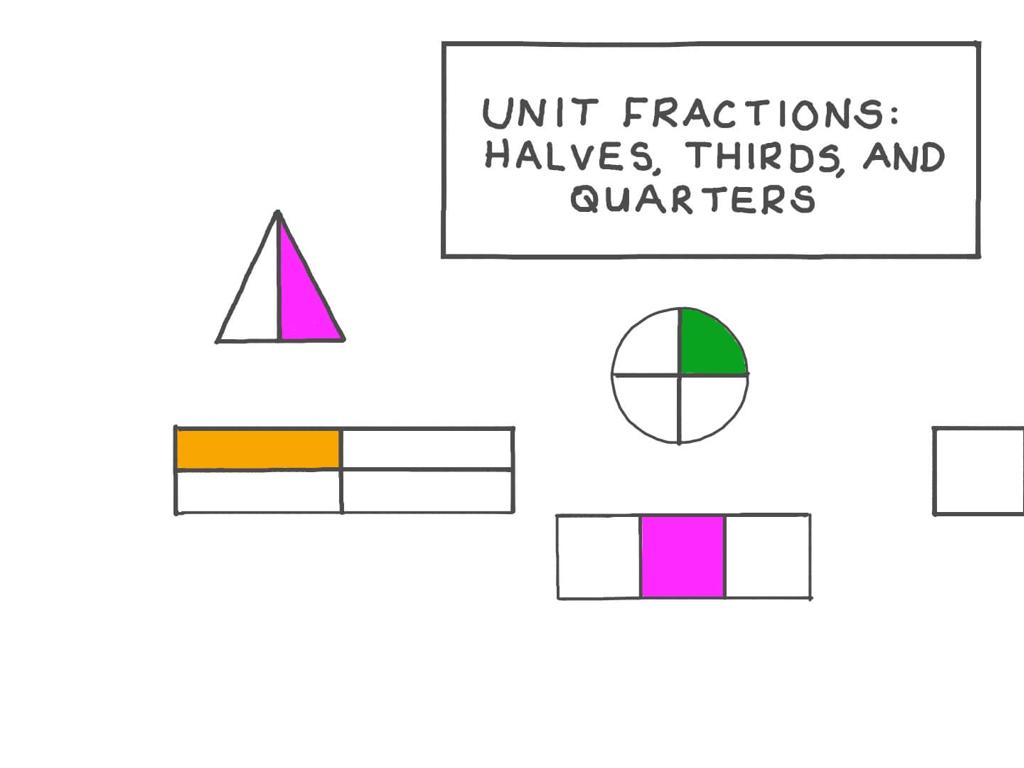Nuclear Chemistry
Subject: Science
Grade: High school
Topic: Chemistry
Please LOG IN to download the presentation. Access is available to registered users only.
View More Content
Welcome to Nuclear Chemistry
– Exploring atoms and nuclear reactions
– Atoms are the building blocks of matter, with nuclei at their core.
– Grasping the nucleus’s power
– The nucleus holds immense energy that can be released in nuclear reactions.
– Outline of today’s Nuclear Chemistry lesson
– We’ll cover types of nuclear reactions, their applications, and safety measures.
|
This slide introduces students to the fascinating world of Nuclear Chemistry, a branch of chemistry that deals with the nucleus of the atom. Students will learn about the structure of atoms, the incredible energy contained within the atomic nucleus, and how nuclear reactions can harness this energy. The lesson will provide an overview of different types of nuclear reactions, their real-world applications, and the importance of safety when dealing with radioactive materials. Encourage students to think about the implications of nuclear energy and its role in both science and society.
Atoms and Isotopes: The Building Blocks
– Atoms: Protons, neutrons, electrons
– Atoms are made of protons (+), neutrons (0), and electrons (-).
– Isotopes: Variants of elements
– Isotopes have the same protons but different neutrons, e.g., Carbon-12, Carbon-14.
– Neutron’s role in isotopes
– Neutrons affect the mass and stability of an atom; more or fewer neutrons can lead to instability.
– Stability of isotopes
– Stable isotopes don’t change over time, while unstable ones can lead to radioactive decay.
|
This slide introduces the fundamental concepts of atoms and isotopes, which are crucial for understanding nuclear chemistry. Atoms consist of protons, neutrons, and electrons, with protons and neutrons located in the nucleus and electrons orbiting around it. Isotopes are variations of the same element with different numbers of neutrons, which can affect the atom’s mass and stability. The stability of an isotope is important as it determines whether the isotope will remain unchanged or undergo radioactive decay over time. Examples like Carbon-12 and Carbon-14 can be used to illustrate stable and unstable isotopes, respectively. Encourage students to consider why some isotopes are more stable than others and the implications of this in real-world applications such as carbon dating and nuclear energy.
Exploring Radioactivity
– Defining radioactivity
– Spontaneous emission of particles from an unstable nucleus
– Types of radioactive decay
– Alpha particles, beta particles, and gamma rays with distinct properties
– Applications of radioactivity
– Used in medical treatments, energy generation, and dating artifacts
– Safety and real-life examples
– Examples include smoke detectors and sterilizing medical equipment
|
This slide introduces the concept of radioactivity, which is the spontaneous emission of particles or energy from an unstable atomic nucleus. It’s important to explain that this process is natural and occurs in certain elements. The three main types of decay are alpha, beta, and gamma, each with unique characteristics and penetration abilities. Emphasize the beneficial applications of radioactivity in various fields, such as medicine for cancer treatment, in power plants for electricity generation, and in archaeology for carbon dating. Also, discuss the importance of safety measures when handling radioactive materials, using real-life examples like smoke detectors, which use a small amount of radioactive material to detect smoke, and the sterilization of medical equipment. Encourage students to think critically about the impact of radioactivity on technology and health.
Nuclear Reactions: Fission and Fusion
– Chemical vs. Nuclear Reactions
– Chemical reactions involve electrons, nuclear reactions involve the nucleus.
– Balancing Nuclear Equations
– Nuclear equations must balance mass and atomic numbers.
– Nuclear Fission Explained
– Fission: heavy nucleus splits into smaller nuclei, releasing energy.
– Nuclear Fusion Explained
– Fusion: light nuclei combine to form a heavier nucleus, releasing energy.
|
This slide aims to differentiate between chemical and nuclear reactions, emphasizing that chemical reactions involve the rearrangement of electrons while nuclear reactions involve changes in the atomic nucleus. Students should learn the principles of balancing nuclear equations, ensuring that both mass and atomic numbers are conserved. Provide examples of nuclear fission, such as the splitting of Uranium-235, and nuclear fusion, such as the process powering the sun. These concepts are fundamental in understanding the power and energy released in nuclear reactions, which is vastly greater than in chemical reactions.
Nuclear Fission: Unleashing Atomic Energy
– What is nuclear fission?
– The splitting of an atomic nucleus into smaller parts, releasing energy. E.g., Uranium-235 fission
– The chain reaction explained
– A self-sustaining series of reactions. One reaction causes at least one more, creating a cascade.
– Nuclear reactors: Energy generation
– Fission heats water to steam, turning turbines to generate electricity in a controlled manner.
– Atomic bombs: Controlled vs. uncontrolled
– Explosive energy release from uncontrolled fission; demonstrates the need for careful control.
|
This slide introduces the concept of nuclear fission, a fundamental process in nuclear chemistry where the nucleus of an atom splits into smaller parts, releasing a significant amount of energy. Use the example of Uranium-235 to illustrate the process. Explain how a chain reaction occurs when one fission event triggers additional events, potentially leading to a self-sustaining reaction. Discuss the application of this process in nuclear reactors, where it is used to generate electricity in a controlled environment, and contrast this with the uncontrolled reaction in atomic bombs, highlighting the importance of control in nuclear reactions. Encourage students to consider the implications of fission in both energy production and warfare.
Nuclear Fusion: Powering the Stars and Future Energy
– Nuclear fusion basics
– The process where two light nuclei combine to form a heavier nucleus, releasing energy.
– Stars’ energy production
– Stars, like our Sun, fuse hydrogen into helium, radiating vast amounts of energy as light and heat.
– Fusion reactors for clean energy
– Earth-bound reactors aim to replicate stellar fusion for sustainable, less-waste energy.
|
Nuclear fusion is a fundamental process that powers the stars, including our Sun. It involves the combination of light atomic nuclei to form heavier nuclei, a process that releases a tremendous amount of energy. Understanding this process is crucial for students as it not only explains how stars shine but also underpins the potential for fusion reactors here on Earth. These reactors could provide a source of clean, almost limitless energy with minimal radioactive waste, unlike current nuclear fission reactors. The slide should emphasize the importance of ongoing research in this area and its potential to revolutionize how we generate power.
Effects of Radiation on Health and Safety
– Health impacts of radiation
– Exposure can lead to mutations, cancer, and sickness.
– Safety measures for protection
– Lead aprons, controlled exposure times, and distance from source.
– Medical applications of radiation
– Diagnosing diseases with X-rays, treating cancer with radiotherapy.
– Industrial uses of radiation
– Sterilizing equipment, improving product quality via radiography.
|
This slide aims to educate students on the various effects of radiation, both beneficial and harmful. It’s crucial to discuss the potential health risks associated with radiation exposure, such as genetic mutations and cancer, and to emphasize the importance of safety measures like protective gear and minimizing exposure. Highlight the positive uses of radiation in medicine, such as in X-rays and cancer treatment, and its industrial applications, including sterilization of medical equipment and non-destructive testing of materials. Encourage students to think critically about the balance between the benefits and risks of radiation use.
Nuclear Chemistry in the Real World
– Impact on daily life
– Medical imaging, smoke detectors, and food irradiation
– Nuclear energy production
– Power plants use nuclear reactions to generate electricity
– Future of nuclear chemistry
– Advancements in nuclear medicine and energy
– Challenges ahead
– Safety concerns, waste disposal, and ethical considerations
|
This slide aims to highlight the practical applications and implications of nuclear chemistry in everyday life and its potential for the future. Students should understand that nuclear chemistry is not just a theoretical concept but has real-world applications such as in medical diagnostics through imaging techniques like PET scans, household safety with smoke detectors, and even food preservation through irradiation. The role of nuclear chemistry in energy production is significant, with nuclear power plants providing a substantial amount of the world’s electricity. Looking forward, the field of nuclear chemistry holds promise for advancements in medicine and sustainable energy. However, it also faces challenges such as ensuring safety, managing nuclear waste, and navigating the ethical landscape of nuclear technology. Encourage students to think critically about these issues and the balance between the benefits and risks of nuclear chemistry.
Class Activity: Modeling Nuclear Fission
– Create a clay & marble fission model
– Visualize a chain reaction
A chain reaction occurs when a neutron splits a nucleus, releasing more neutrons.
– Discuss the fission process
Fission is the splitting of an atomic nucleus into two smaller nuclei.
– Share models with the class
|
This activity is designed to help students understand the concept of nuclear fission through a hands-on experience. Students will use clay to represent uranium nuclei and marbles to signify neutrons. They will model the process of a neutron colliding with a uranium nucleus, causing it to split and release additional neutrons. This demonstrates the chain reaction that is fundamental to nuclear fission. After creating their models, students will share and discuss their representations, explaining the fission process. For the teacher: Prepare enough clay and marbles for each student. Consider safety when handling materials. Provide a step-by-step guide for the activity, and ensure students understand the analogy between their models and actual nuclear reactions. Possible variations of the activity could include using different colors to represent different particles or creating a slow-motion ‘reaction’ with students narrating the steps.






